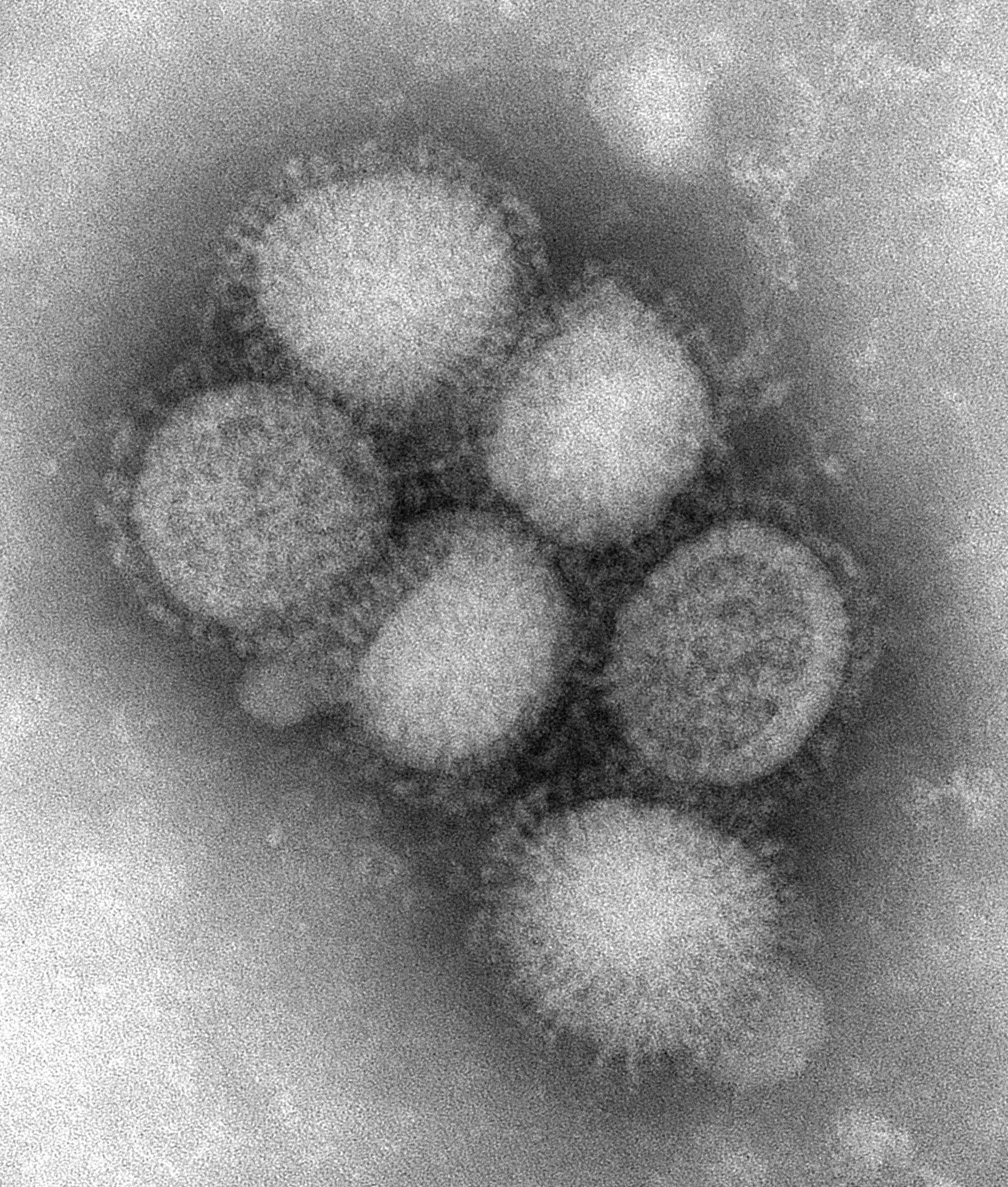Mice - and people - infected with a lethal dose of 'flu could be saved by dosing them with a new drug, scientists have announced this  week.
week.
Eritoran, also known by its test compound name of E5564, targets a structure called the TLR4 receptor, which is part of a signalling system used by the immune system to detect infection.
As such, University of Maryland scientist Stefanie Vogel and her colleagues wondered whether, apart from the drug's intended use to treat septic shock, it might also be capable of blocking the so-called "cytokine storm" that can fatally complicate some cases of flu infection.
When this happens, viral injury to lung tissue is thought to produce a range of inflammatory signals. Picked up by TLR4 receptors on other immune cells, these signals sometimes trigger the immune system to go into overdrive, leading to the production of even more inflammatory chemicals that damage the surrounding tissue and fatally compromise lung function in some individuals.
The initial clue that eritoran might be able to block this process was that mice genetically engineered to lack the TLR4 receptors targeted by the drug did not succumb to even high doses of influenza.
So Vogel and her team administered lethal doses of a 'flu strain called PR8 to groups of normal mice, followed by 5 days of treatment with eritoran, starting at between 2 and 6 days after infection.
Compared with control animals, 90% of which died, the eritoran-dosed animals were protected with 90% survival amongst those treated from 2 days. And even when treatment was not commenced until 6 days after infection, survival was still three-fold higher (33%) than amongst the untreated controls.
Subsequent studies on the animals' tissues showed only mild lung changes in the treated cases that recovered but, in contrast, dramatic injury to the lungs of the controls.
Samples from the tissue also confirmed that high concentrations of inflammatory signals, including one called IL6, another called IL10 and a number of potent immune-triggering chemicals known as oxidised phospholipids, were present in the control animals but were in much lower abundance in the drug-treated mice.
This suggests that eritoran might prove to be a valuable asset in the treatment of severe human 'flu infection, and infection with other severe respiratory infections, like SARS, that produce similar patterns of disease.
As the team point out in their Nature paper describing the findings, one other bonus is that, compared with existing anti-influenza agents which need to be administered almost immediately following infection in order to show any real benefit, eritoran improved disease outcomes even when treatment was not commenced until almost a week into the illness.










Comments
Add a comment